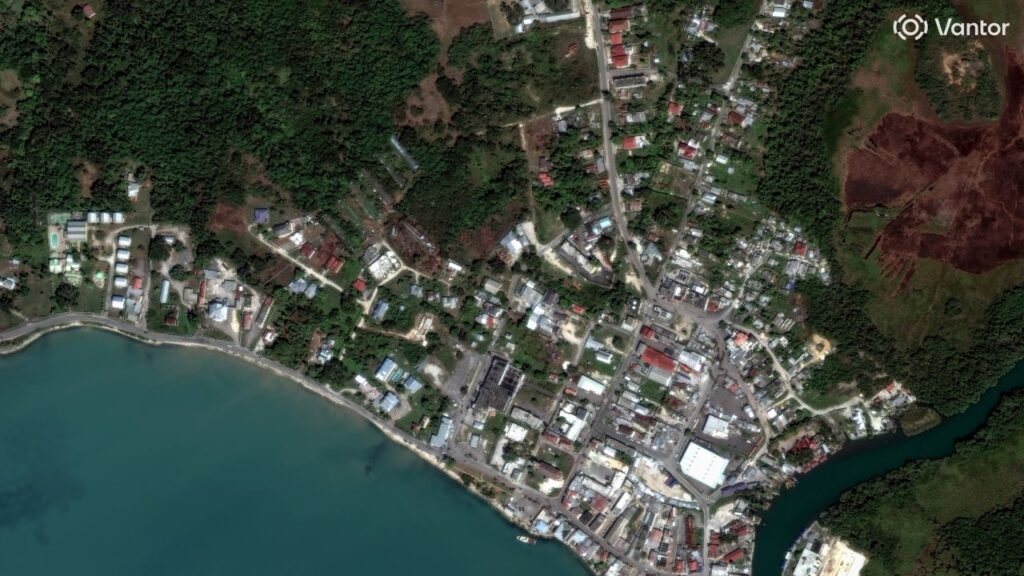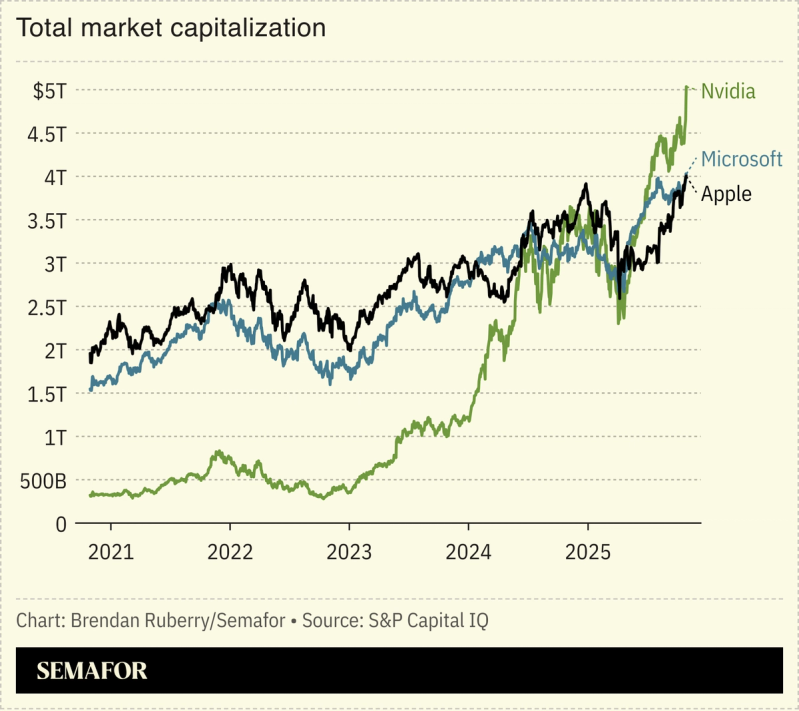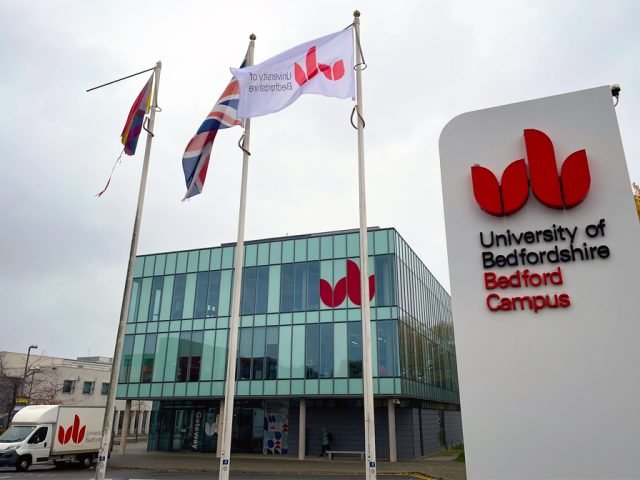Here’s what you’ll learn when you read this story:
- Stone tools found in some of the earliest settlements in the Americas are challenging the prevailing theory of when the first migrations to the region happened.
- These tools, probably used as spear points, bear a remarkable similarity to ancient projectile points found in archaeological sites on the Japanese island of Hokkaido.
- While more evidence is needed to link paleo-Americans to Japan, it is possible that they came by boat instead of crossing the Bering Land Bridge as previously thought.
Sometime around 13,000 years ago, during Late Upper Paleolithic period of the Late Pleistocene, nomads from the steppes of northeast Asia crossed the frozen Bering Land Bridge into what is now Alaska and spread southward and eastward. They were the first people to set foot in the wild (and still untouched) Americas—or so we thought.
A theory that has been argued over for decades has now potentially been disrupted. While it is logical that North Asian peoples would have migrated over the strip of land connecting Asia to the Americas (which was submerged after the ice sheets of the last Ice Age melted), there is now evidence that suggests that a migration route may have originated in Hokkaido, Japan far earlier.
20,000-year-old projectile points, which had been unearthed in the oldest American settlements, were found to be strikingly similar to East Asian stone tools from around the same age. After thoroughly analyzing the spearheads, anthropologist Loren Davis from Oregon State University found what could be the strongest evidence yet for ancient peoples from Hokkaido (and other regions in East Asia) reaching the Americas via a coastal route rather than a land-based one. Many of these artifacts predate even the iconic Clovis points used to hunt mammoths and other game that once roamed the land. They are bifaces—meaning that they had been flaked on both sides to create thin and precise cutting edges—and are both smaller and lighter than Clovis points and other later technological advances.
“While the lithic assemblages at these early sites show some variation in projectile point morphologies, they share an underlying technological similarity in the way stone tools were produced,” Davis said in a study recently published in the journal Science Advances. “Similarities include the use of elongate blades made on a variety of core forms and the bifacial production of other tools, including stemmed projectile points.”
When sea levels were lower, Hokkaido used to be the southernmost end of what is known as the Paleo-Sakhalin-Hokkaido-Kuril (PSHK) peninsula, which reached from the Amur River in the eastern extremes of Russia to the islands of Japan. Only a narrow strait separated Hokkaido from the main Japanese island of paleo-Honshu. Late Upper Paleolithic sites in the area have revealed prismatic blades and bifaces that are so much like those found in the earliest American sites, they have led Davis to believe that seafaring people from East Asia could have made their way to the Americas by boat, bringing their technology with them.
There has been a lack of archaeological investigations into the past of what was once the PSHK peninsula. While this makes it unclear whether the origins of American Upper Paleolithic (AUP) people lie in Hokkaido and surrounding areas, the age and appearance of the stone projectile objects—which could have been spear points—seem to be a potential link. The lack of information also casts doubt on whether the first settlers took the inland route through Beringia, as is most commonly argued. The Bergingian Standstill Hypothesis posits that a people referred to as the “Ancient Beringians” remained isolated on the eastern side of the region for thousands of years.
Davis is skeptical about this hypothesis. Not enough archeological sites are the right age to support it, and there is evidence of Beringia having been previously abandoned during the Last Glacial Maximum (LGM), which occurred at about the same time that the projectiles found in both Hokkaido and American sites were manufactured. The passageway between the expansive ice sheets of North Asia and what are now Alaska and Canada closed around 26,000 years ago and could not be crossed. The Japanese and American stone projectiles were made while it remained impassable, possibly indicating voyages along an alternate route.
“Given the absence of archeological sites in Beringia dating to the LGM,” Davis said, “combined with the presence of antecedent lithic assemblages that predate but resemble the AUP, the isolated PSHK region emerges as a logical location for the formation of the population ancestral to the First Americans.”
Exclusive Pop Mech Digital Issues
Elizabeth Rayne is a creature who writes. Her work has appeared in Popular Mechanics, Ars Technica, SYFY WIRE, Space.com, Live Science, Den of Geek, Forbidden Futures and Collective Tales. She lurks right outside New York City with her parrot, Lestat. When not writing, she can be found drawing, playing the piano or shapeshifting.







